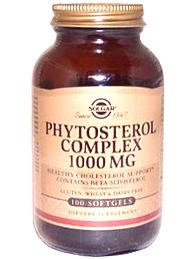Allergic Salute

QUESTION: During a recent examination of my 11 year old daughter for a
persistent runny nose, the doctor mumbled something about an "allergic
salute". I didn't want to reveal my ignorance, and thought I probably hadn't
understood, so I didn't ask him what he meant. However, I am still fearful
that I might have missed something important. Can you please shed some light
on this term?
ANSWER: If you had been watching your daughter at the moment the doctor made
his observation, you would have probably noticed that she had rubbed her nose
with a particular gesture. With fingers pointed up and the palm facing
outward, the back of the hand is rubbed along the side of the nose from the
nostril upward.
allergies that irritate the tissues that line the nose, and who suffer from
runny nose or rhinitis. I am sure you have seen your daughter repeat this
gesture many, many times and can see how appropriate the term "allergic
salute" really is. Actually it is quite effective, as not only does it wipe
away the disturbing mucus flowing from the nose, but also tilts the tip of the
nose upward, aiding your child to breathe. There is another sign of
persistent allergic rhinitis that you may also observe. It is a horizontal
crinkle near the lower end of the nose, called a transversal nasal crease,
that develops as a result of frequent "saluting" and is one of the signs that
many alert clinicians use in making a diagnosis of this condition. While all
of this is interesting to understand, it does not represent anything truly
serious that should cause you additional worry or anxiety about your child's
problem.






